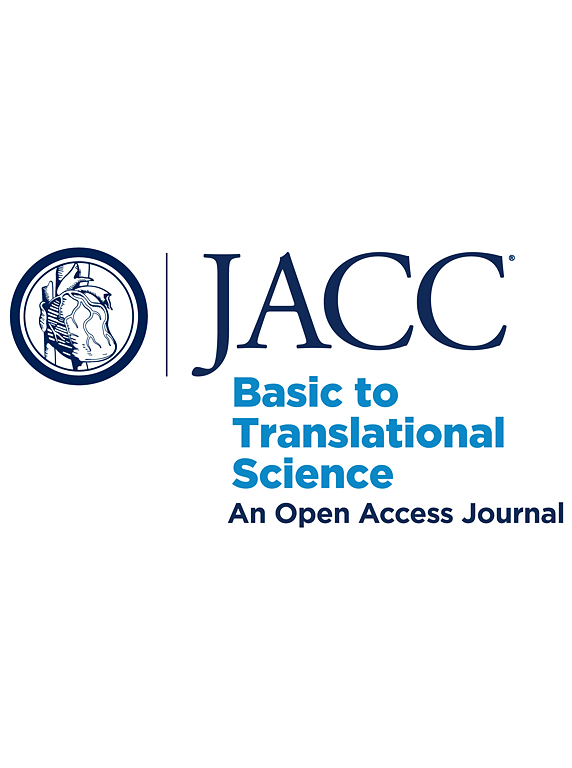肝硬化中的心肝轴
IF 8.4
1区 医学
Q1 CARDIAC & CARDIOVASCULAR SYSTEMS
引用次数: 0
摘要
肝硬化心功能障碍常被忽视,尽管它对收缩力、舒张功能障碍和电生理异常有影响。这篇综述探讨了心肝轴的复杂相互作用,特别关注肝病如何影响心脏功能。我们强调门静脉高压症、全身性炎症、血流动力学改变和神经激素信号的作用,以阐明这一重要联系。心脏功能受损的潜在机制包括分子和结构变化。诊断仍然具有挑战性,因为它经常是亚临床的;然而,先进的成像、生物标志物和心电图改变改善了早期检测。临床上,这种综合征具有重要意义,特别是在失代偿性肝硬化和心肌应激增加的时期。虽然没有标准化的治疗指南,但原位肝移植仍然是最有效的干预措施,通常会导致心血管康复。心脏病专家、肝病专家和移植外科医生之间的多学科合作对于改善患者预后和优化长期管理至关重要。本文章由计算机程序翻译,如有差异,请以英文原文为准。
The Cardiohepatic Axis in Cirrhosis
Cardiac dysfunction in the setting of cirrhosis is often overlooked despite its impact on contractility, diastolic dysfunction, and electrophysiological abnormalities. This review examines the complex interactions of the cardiohepatic axis, with a particular focus on how liver disease impacts heart function. We highlight the roles of portal hypertension, systemic inflammation, hemodynamic changes, and neurohormonal signaling to shed light on this important connection. The underlying mechanisms for impaired cardiac performance involve both molecular and structural changes. Diagnosis remains challenging because it is frequently subclinical; however, advanced imaging, biomarkers, and electrocardiographic changes have improved early detection. Clinically, this syndrome has significant implications, particularly in decompensated cirrhosis and periods of increased myocardial stress. Although no standardized treatment guidelines exist, orthotopic liver transplantation remains the most effective intervention and often results in cardiovascular recovery. A multidisciplinary approach between cardiologists, hepatologists, and transplant surgeons is crucial to improving patient outcomes and optimizing long-term management.
求助全文
通过发布文献求助,成功后即可免费获取论文全文。
去求助
来源期刊

JACC: Basic to Translational Science
CARDIAC & CARDIOVASCULAR SYSTEMS-
CiteScore
14.20
自引率
1.00%
发文量
161
审稿时长
16 weeks
期刊介绍:
JACC: Basic to Translational Science is an open access journal that is part of the renowned Journal of the American College of Cardiology (JACC). It focuses on advancing the field of Translational Cardiovascular Medicine and aims to accelerate the translation of new scientific discoveries into therapies that improve outcomes for patients with or at risk for Cardiovascular Disease. The journal covers thematic areas such as pre-clinical research, clinical trials, personalized medicine, novel drugs, devices, and biologics, proteomics, genomics, and metabolomics, as well as early phase clinical trial methodology.
 求助内容:
求助内容: 应助结果提醒方式:
应助结果提醒方式:


